Working with APIs at Nutrient Workflow
Table of contents
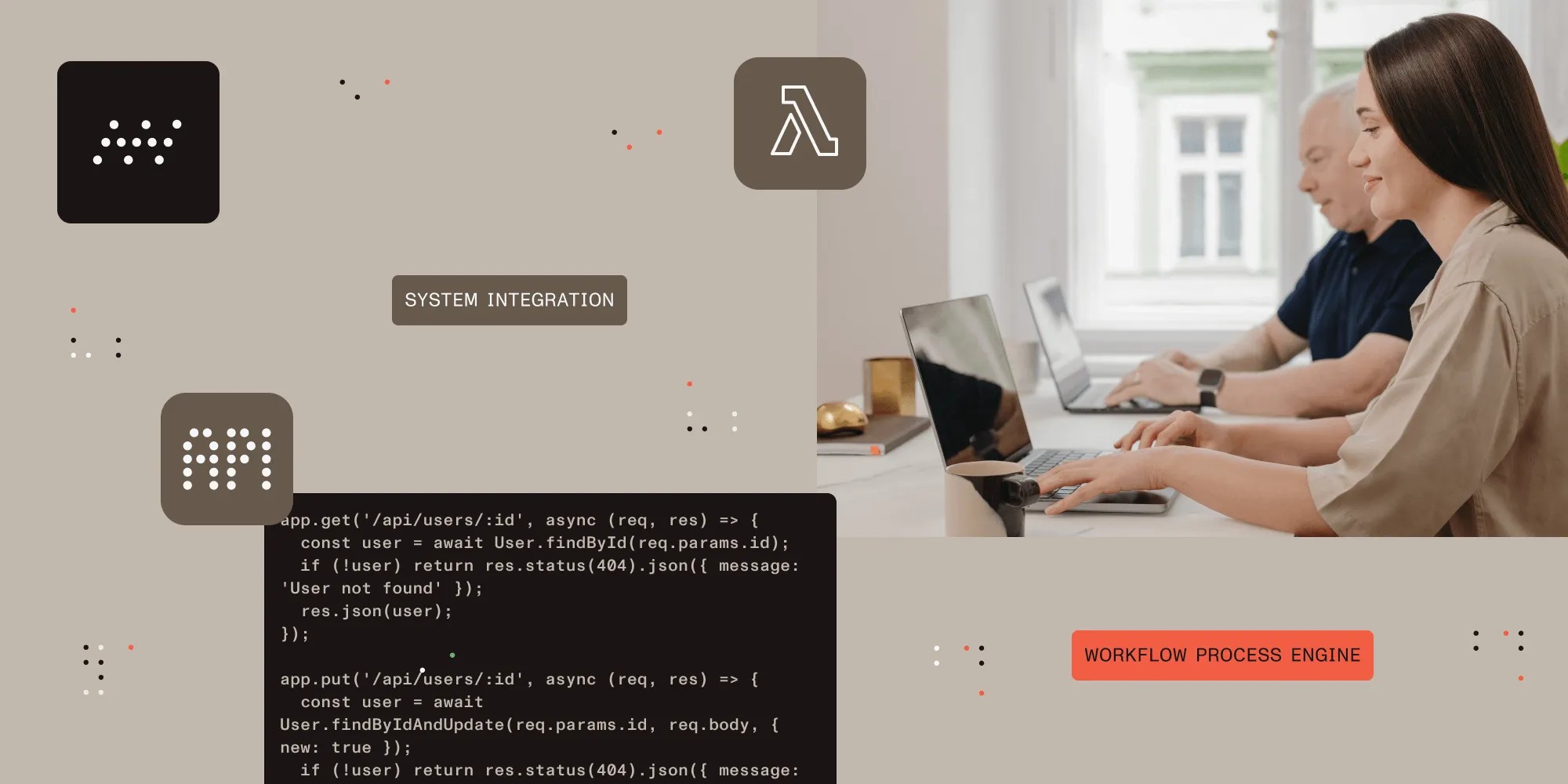
APIs let Nutrient Workflow connect with your other applications — like accounting or HR systems — so your workflows can run automatically and share data without manual work. This blog shows you how to use APIs to make your processes smarter and more connected.
Imagine you have an Accounts Payable (AP) process built within Nutrient Workflow, or you’re planning to create one. Ideally, you want an end-to-end workflow integrated with your existing accounting systems (Oracle NetSuite, QuickBooks, Sage, etc.). This means AP requests start with vendor information and project codes from your accounting system, flow through reviews and approvals in Nutrient Workflow, and finally return to your system for payment processing — all seamlessly and automatically.
Or picture an HR workflow for annual employee appraisals across 400 employees. Instead of managers manually initiating each appraisal task, wouldn’t it be great if these tasks were auto-generated with due dates, sitting ready in their task lists? This saves time and prevents forgotten or delayed appraisals.
To bring these integration and automation ideas to life, APIs are essential. Nutrient Workflow provides a comprehensive RESTful API and several tools to connect with your other applications and systems.
This article will explain what APIs are, walk you through the tools Workflow offers to use its API, and give you everything you need to know about working with Workflow APIs. Whether you have integration plans ready or you’re just starting to explore, you’ll find valuable insights here.
What is an API?
API stands for application programming interface. Simply put, it lets different software systems talk to each other.
For example, the weather app on your phone doesn’t generate forecasts by itself. Instead, it sends a request like “What’s the weather in New York?” to a weather service’s API, which responds with the latest forecast. Your app then displays that information.
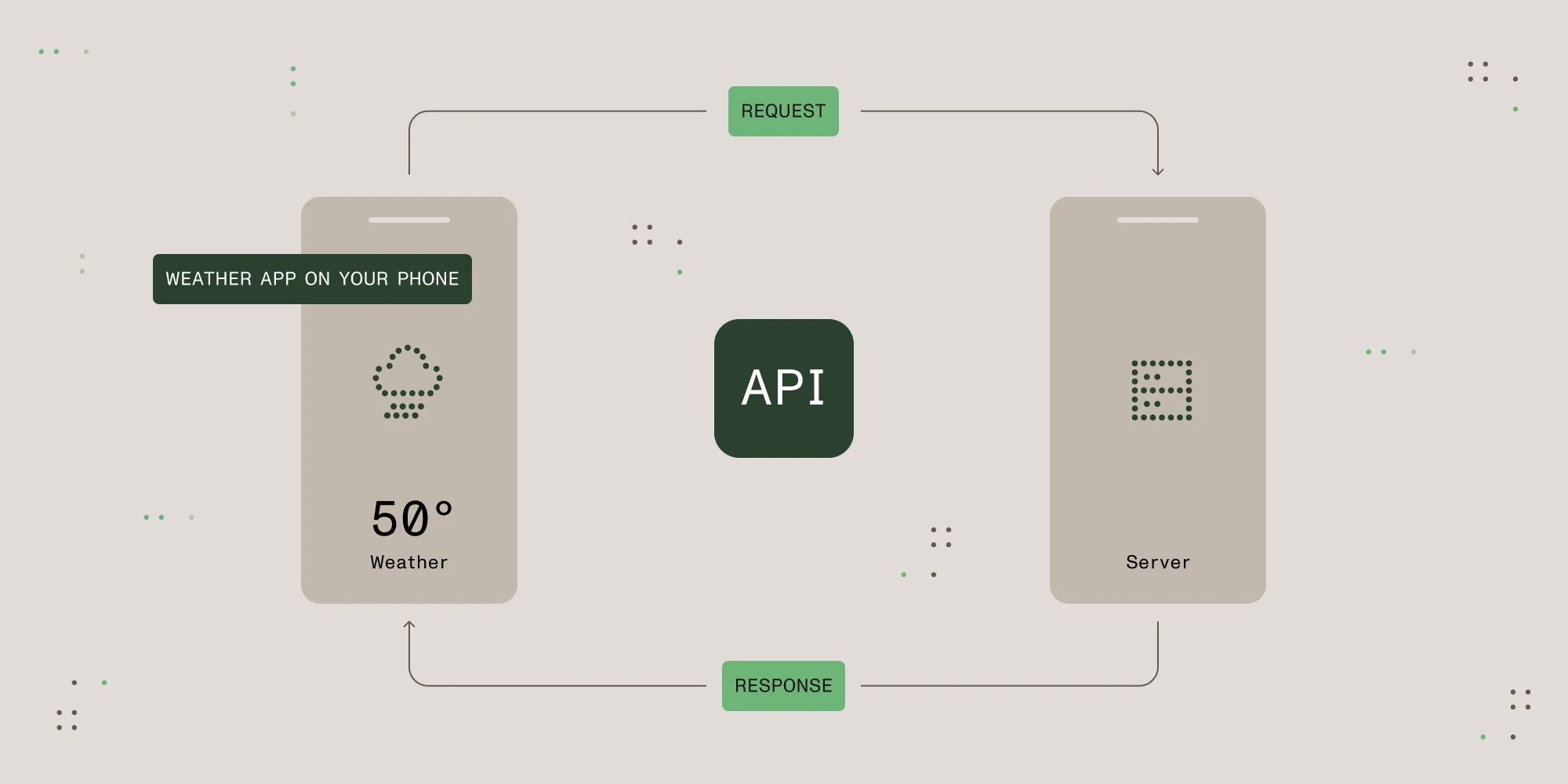
Here’s another example: If you want your personal website to show your latest tweets or YouTube videos, you use APIs provided by those platforms. Your website asks for the latest content through API requests and displays it automatically — no manual copying needed.

Nutrient Workflow RESTful API
Nutrient Workflow offers a rich set of API endpoints that let your existing applications integrate with Workflow or automate tasks by managing processes, requests, tasks, reports, and users via API calls.
If you’re ready to use the Workflow API, this technical guide shows you how to create an API key, details how to obtain a JSON Web Token (JWT), and provides documentation for both the legacy API and the latest V8 API.
V8 customers can find a full list of API endpoints within their instance.
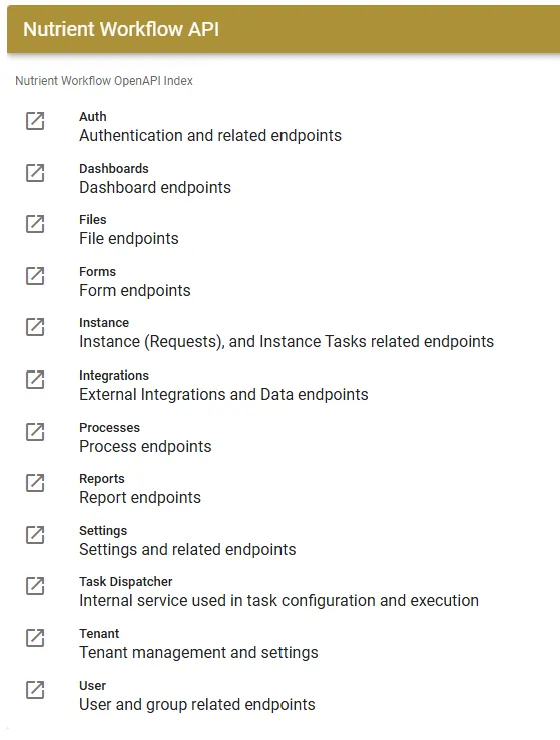
In the instance of the HR appraisal example above, the Workflow RESTful API lets you automatically create 400 appraisal tasks in bulk instead of manually starting each one. Using API calls, you can create requests with form data and even upload attachments programmatically.
Here’s a Postman collection that contains all API calls needed to create requests with form data and attachments. Simply replace the placeholder values with your own.
Data Container task
The Data Container task is powered by the Workflow API. It creates a unique API endpoint tied to a specific request, allowing external systems to send data midstream during the workflow. This enables workflows that need to receive information from outside applications partway through processing.
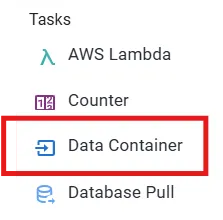
Learn more about the Data Container task here.
Zapier/Microsoft Power Automate connector
In 2024, we launched the Nutrient Workflow Automation connectors for Zapier and Microsoft Power Automate. These no-code tools are also powered by the Workflow API, letting customers integrate with other applications without writing code.

Once connected, you can select processes from your Workflow environment, choose form tasks, and map form fields to data from other applications — automatically creating requests in Workflow.
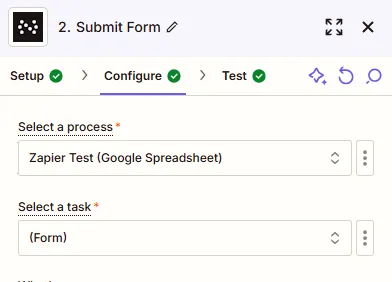
Access to the Power Automate connector requires a Premium license. The Zapier connector is publicly available.
Working with external APIs within Nutrient Workflow
The Workflow API allows external applications to push or pull data to/from Workflow. But how do you have Workflow itself send data to other systems?
We offer the Rest Client task, and we’ll soon offer the RESTful element to call any external RESTful or SOAP API directly from Workflow.
The Rest Client task is used within workflows to call external APIs.
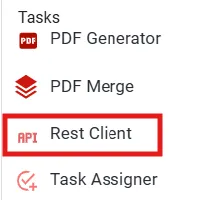
The RESTful element is a form question that calls APIs from within a form.
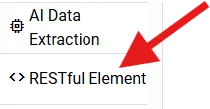
Learn how to set up a Rest Client task here.
Example: Integrating an AP process
The image below shows an Accounts Payable (AP) workflow that you could integrate with your accounting system

Start with an AP form that uses the RESTful element to fetch existing vendor and project codes from your accounting system.
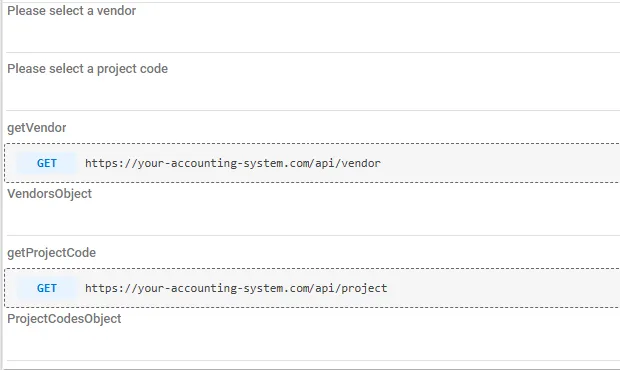
After the form is completed and approved, use the Rest Client task to post the AP request back to your accounting system, creating a payment transaction.
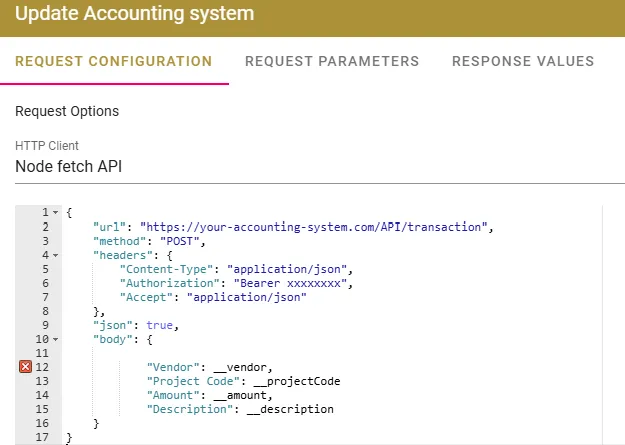
Optionally, add a Data Container task to receive payment confirmation information (e.g. payment ID and date) from your accounting system once payment is processed.
This example shows how you can combine Workflow API features to create seamless integrations tailored to your needs.
Customer integration examples

We have a variety of customer examples that show how our API integrations connect with popular systems to automate workflows, sync data, and improve approval processes. Integrations with AI tools also enhance productivity by bringing smart analysis directly into the workflow, demonstrating how APIs streamline operations and boost efficiency across different business needs.
- SAP — AFE (CapEx) Workflow is used to track and route AFEs for approval. Once approved, the API integration is used to create projects in SAP and return a project number to be used in the AFE Workflow for archiving reference.
- Costpoint — The API is used to push and pull billing information from Costpoint to support Nutrient Workflow AP/AR processing and approval workflows.
- Salesforce — Nutrient Workflow approval requests are initiated from Salesforce events via the API. Once the workflow request is completed, the API can return key data elements back to Salesforce.
- ChatGPT — Form content (for instance, meeting notes, justification, customer responses) can be passed to ChatGPT to be analyzed.
Conclusion
APIs are the backbone of modern workflow automation, connecting Nutrient Workflow with your existing systems to streamline processes, reduce manual work, and increase accuracy.
With Nutrient Workflow’s comprehensive API tools — from RESTful endpoints and no-code connectors, to API-enabled tasks and form elements — you can design end-to-end workflows that fit your business needs.
Whether you’re integrating accounting, HR, or other business functions, APIs empower you to automate and connect like never before.
Start exploring the Workflow API today, and unlock smarter, more connected workflows.





